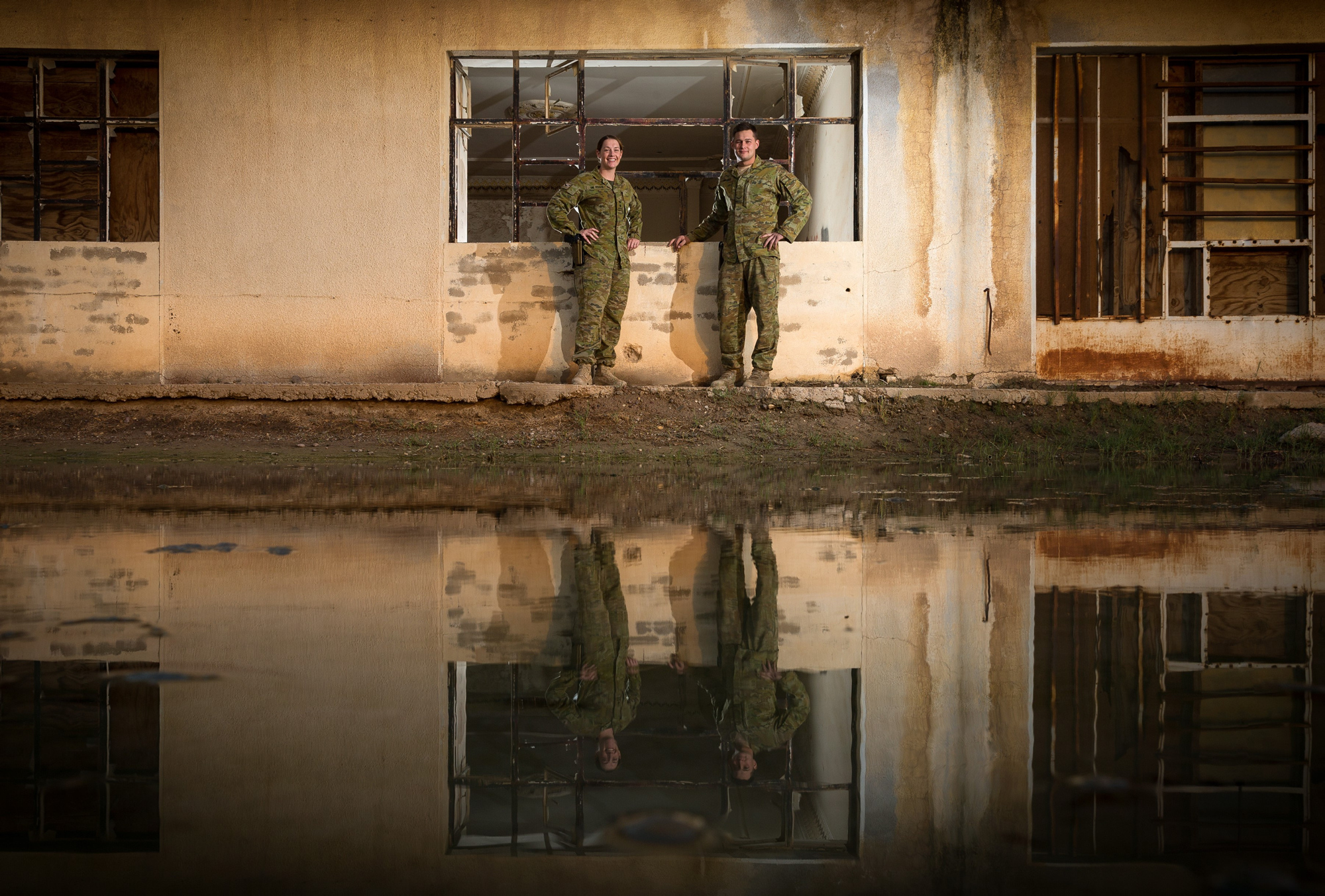Speed is currency in the digital age, and success is determined by winning the contested decision cycle in less time and space than ever before. A future force must emphasise adaptability and the need to generate tempo and lethality through interoperability. The concept of an ‘Army in Motion’ emphasises the demand for constant innovation and adaptation within the Australian Army. Without this, we risk stagnation and strategic surprise when operations invalidate our assumptions and hypotheses.
We must not complacently assume that our enemy is malleable and willing. Instead, we must remember that war is the amalgamation of countless contests of will. In response the Australian Army must engage in its own contest of ideas that takes place explicitly and vigorously at all levels.
In the 1990s the United States military experienced a so-called revolution of military affairs (RMA) which saw massive contests of ideas. In Australia too, ideas were introduced and debated. In the late 90s the ‘Army in the 21stCentury’ (A21) and ‘Restructuring the Army’ (RTA) were force structure initiatives.
The A21 initiative proposed transformational change to the Army’s structure. It recommended:
- Abolition of divisional structures, including headquarters and an examination of the continuing utility of corps;
- Creation of flexible task force (TF) structures with armour, artillery and engineers embedded at the unit level;
- A substantial increase in Special Forces; and
- Major increases in helicopters and vehicles.
A21 was built on the thinking surrounding the RMA in the U.S.; it called for extreme change and asked Army to question its industrial era corps system. It emphasised the declining importance of mass in modern warfare and the rise of asymmetrical warfare.
Unsurprisingly, A21 was met with resistance and never received senior leadership ‘buy-in’. In her 2016 thesis ‘Army in the 21stCentury and Restructuring the Army: A Retrospective Appraisal of Australian Military Change Management in the 1990s’, LTCOL Renee Kidson proposed that several A21 concepts failed for technical reasons during the later RTA trials; and disruptions elsewhere in Army hardened cultural resistance.
As we know, A21 concepts were never adopted, but years later the Army made changes in line with the RTA’s final report. It concluded that embedding combined arms was not successful at unit level, and that the brigade was the optimal organisation to conduct Australian warfighting tasks.
Plan Beersheba saw the creation of three combat brigades capable of generating combined arms effects, bridging the gap between the pre-A21 division-structured Army and the proposed A21 unit-structured Army.
As the axiom goes, our understanding of today is informed by our understanding of history. Change in military organisations cannot occur without those agents of change being informed by history. That is why reflecting on how we initiated, tried and failed (to an extent) to change our organisation is vital to achieving the Chief of Army’s intent of an ‘Army in Motion’.
I think one of the most significant obstacles to the A21/RTA trials was the heavy cultural resistance from various ‘tribes’ in the Army. It called into question the relevance of the organisational structures, such as corps, on which militaries have based themselves for the past few centuries.
Often, we can be innovators and thought-leaders, and yet also fail to recognise the cognitive biases we hold towards entrenched structures and ideas. Changing them isn’t perceived as innovation, but an offense.
We innovate in order to outperform our adversaries, but what if our innovation remains surface-level, and we never engage in the deep innovation that we require? As an organisation we embrace change because we understand that the character of war and politics also change. Our strategic environment increasingly demands adaption and we do not resist that, yet many feared the internal revolution which A21/RTA sought.
Change of the scale A21 recommended may not be required to fulfil Army’s current needs, but it is essential that we be prepared for change of that scale if we are to be a truly adaptable, flexible and joint force. We must be prepared to engage in discussion and debate about key structures and deviate from the group-think of tribal groups.
The 2016 Defence White Paper presented an innovation challenge for the Australian Defence Force:
“The more complex future strategic environment Australia faces will place greater demands on Defence, particularly its ability to adapt to change, to innovate and to integrate reform into its core business processes.”
We can only innovate as much as we are prepared to. In order to meet the demands anticipated in the White Paper we must fully engage with the contest of ideas within our profession of arms. Within our organisations we must embrace divergent thinking, challenge assumptions in our structures and processes, encourage ideas from the most junior to the senior members, and, of course, accept failure.
About the Author: Officer Cadet Zavier Radecker is a trainee officer in the Australian Army. He is currently studying a Bachelor of Arts majoring in International Political Studies and History. He is an eager reader and a passionate advocate for professional military education.

